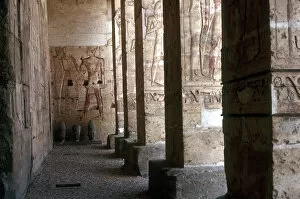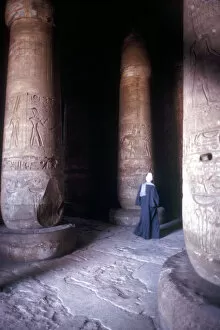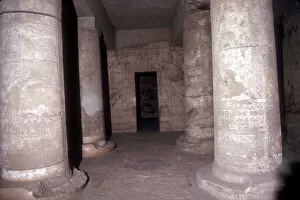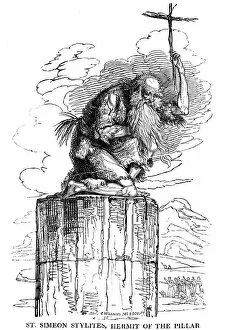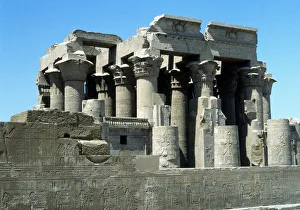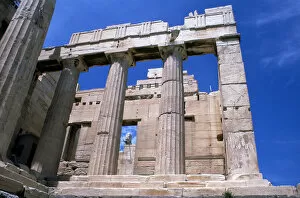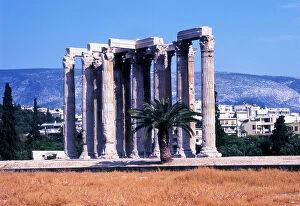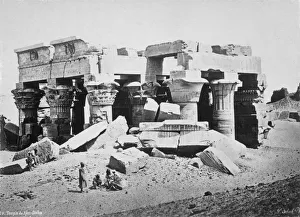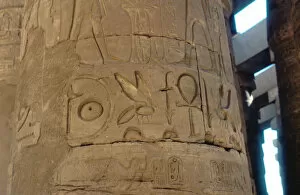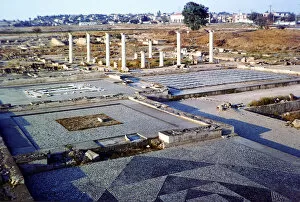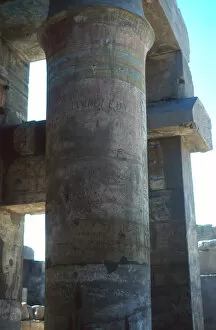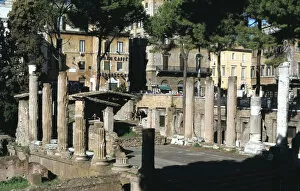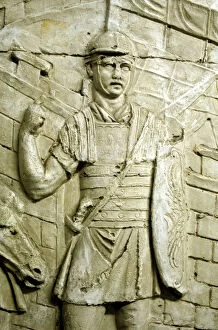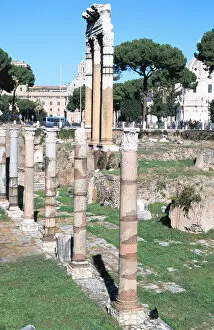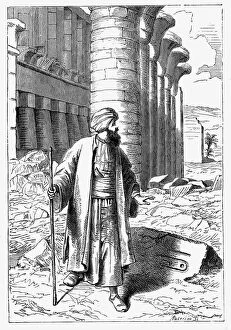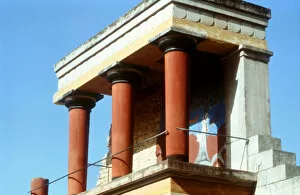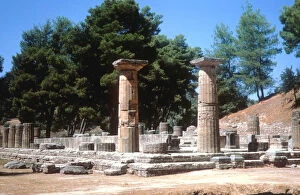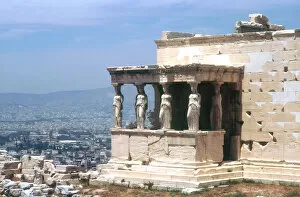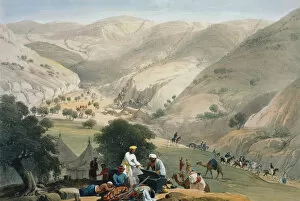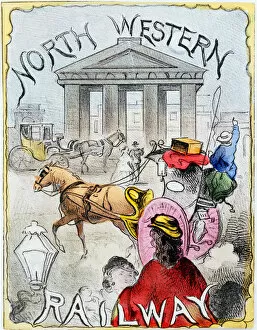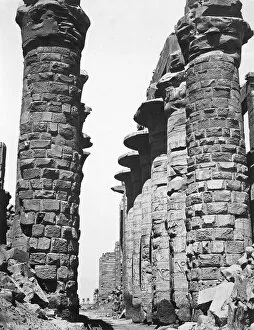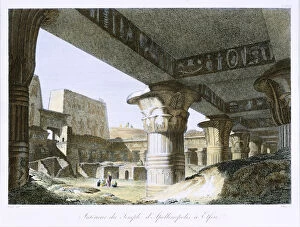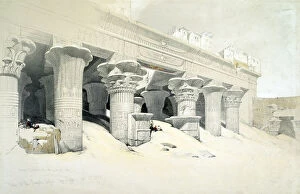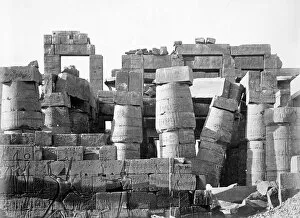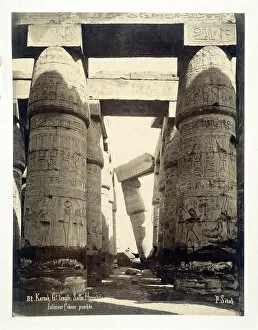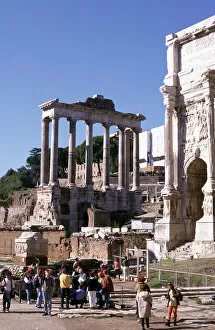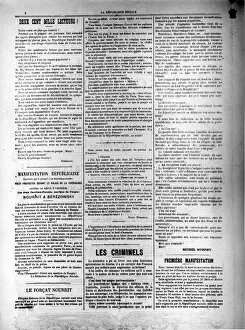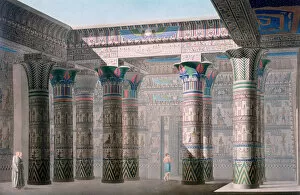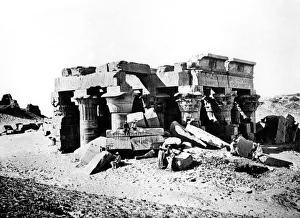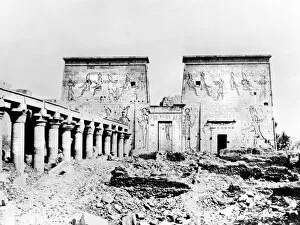Pillar Collection (page 96)
"Pillars: A Testament to Time and Grandeur" Euston Arch a98_05420: Standing tall as a symbol of architectural prowess
For sale as Licensed Images
Choose your image, Select your licence and Download the media
"Pillars: A Testament to Time and Grandeur" Euston Arch a98_05420: Standing tall as a symbol of architectural prowess, the Euston Arch captures the essence of Victorian elegance. Durham Cathedral OP04503: Majestic pillars adorn the magnificent Durham Cathedral, showcasing centuries-old craftsmanship and religious devotion. Pompeii, Mt Vesuvius: Amidst the ruins of Pompeii, ancient pillars rise defiantly against the backdrop of Mount Vesuvius, reminding us of the city's tragic past. John Rylands Library, Manchester A42_01435: The grandeur of knowledge is embodied in the towering pillars that grace the John Rylands Library in Manchester. Osborne House, Drawing Room J030031: Pillars adorned with intricate carvings add an air of regality to Osborne House's opulent Drawing Room on England's Isle of Wight. Chiswick House J880415: Nestled amidst lush gardens lies Chiswick House with its neoclassical beauty showcased by stately columns that exude timeless charm. Pedestrian Subway, Crystal Palace Parade DP232791: Even humble structures like pedestrian subways can possess architectural allure when adorned with elegant pillars along Crystal Palace Parade. Positano, view from Hotel Sirenuse: Overlooking breathtaking vistas in Positano stands Hotel Sirenuse where white-washed walls and charming columns create an idyllic Mediterranean escape. Illustration Railway Ribaldry by W Heath Robinson: In whimsical illustrations by W Heath Robinson, even trains are supported by fantastical pillar contraptions that tickle our imagination. Liverpool Street Station a061617: Commuters hustle beneath soaring ironwork arches at London's Liverpool Street Station – a testament to industrial-era engineering marvels standing strong till this day. Downtown skyline of Kansas City and Union Station, Kansas City, Missouri, United States.

